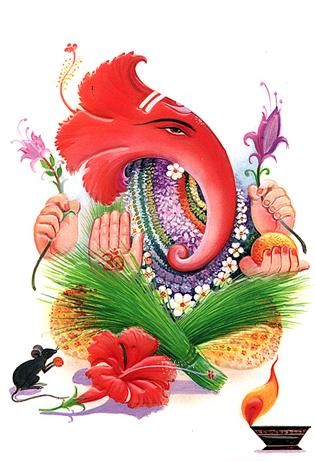A modern spark in Telugu literature
Every literature, especially Indian regional ones, have a few works that are their pride. For the Telugu people, a few of these are the transcreation of వ్యాస మహాభారత (Vyasa Mahabharata) by the three eminent poets, నన్నయ్య (Nannaya), తిక్కన్న(Tikkana) and ఎర్రన్న (Errana). (the Kavitraya); then the Bhagavatham of Potana, which has left its mark on the region since it was written in the 15th century. In the 18th century there was Vemana who is remembered with pride for being the first satirist and social critic. In the modern age, the work that continues to be talked about and even retold in many forms is కన్యశుల్కం (Kanyasulkam) (first published in 1897, the present edition published in 1909) by Gurazada Appa Rao.
Kanyasulkam is a play on the evils that plagued the society during the Reformation Age of modern Indian history. The play, which has more than 50 characters, is heralded as the one work that brought modernism to Telugu literature in all its nuances — in subject, form, language, intention and thought processes. It is considered the best play ever written in Telugu.
However, the question that needs to be asked is where the play stands when compared to other works of the time. This is probably what bothered eminent scholar U A Narasimha Murthy of Vizianangaram (the hometown of Gurazada and also the town where the story of the play is situated). That is why he recently came out with an extraordinary account of Kanyasulkam.
Narasimha Murthy also speaks of the various influences on Gurazada that made him the master playwright that he was. Thus, Shakespeare, Moliere, and Ibsen are discussed as the major influences on Gurazada — something that was probably true for most regional literature of that time.
Where this book makes a mark is in its analysis of Kanyasulkam in the light of the first drama in other Indian languages such as Bengali, Gujarati, Marathi, Assamese, and Oriya. This is where the scholar reminds us of the need for comparative study of Indian literatures and this work (722 pages) is a classic example of how a comparative study can be done between Indian literatures.
The book, titled Kanyasulkam and 19th Century Indian Plays, is truly comparative because it is not judgmental. It takes into account the cultural, political and literary environment of the times in all regions of India. Quite obviously this scholar has received both inspiration and information from the great English, Bengali and comparative scholar Sisir Kumar Das, whose History of Indian Literature is a wonderful resource text.
The beauty of Murthy’s analysis is that he is totally objective in his approach. Though a great admirer of Gurazada and his play Kanyasulkam (which Telugu person isn’t?), he is totally unemotional in dealing with the subject. Murthy agrees that child marriages, selling of girls, problems of child widows, and the nautch girl question were all common subjects of late 19th and early 20th century writings. He reminds us that it was not Gurazada who brought in the colloquial language to literature in modern India as many admirers claimed but that this happened earlier in other Indian languages.
However, he also points out that Kanyasulkam is not only the lengthiest drama (226 pages) but also a play that deals with all the problems at the same time, while the other languages deal with one or two at a time. Again, the beauty of this play lies in all these problems being displayed with great dramatic skill, aesthetic sense and linguistic beauty, and not in a preaching tone.
Murthy also notes that among the South Indian languages, Gurazada’s Kanyasulkam is the first to portray the plight of women with such sensitivity and depth. Kanyasulkam has been discussed so often among Telugu literary critics that one more book would normally give a sense of déjà vu. However, this volume is a rare contribution not only to Telugu but also to Indian literature in general.
C Mrunalini is a well-known writer of short stories, a translator and a critic
mrunalini8@gmail.com
Courtesy: NewIndPress



0 Comments:
Post a Comment
<< Home